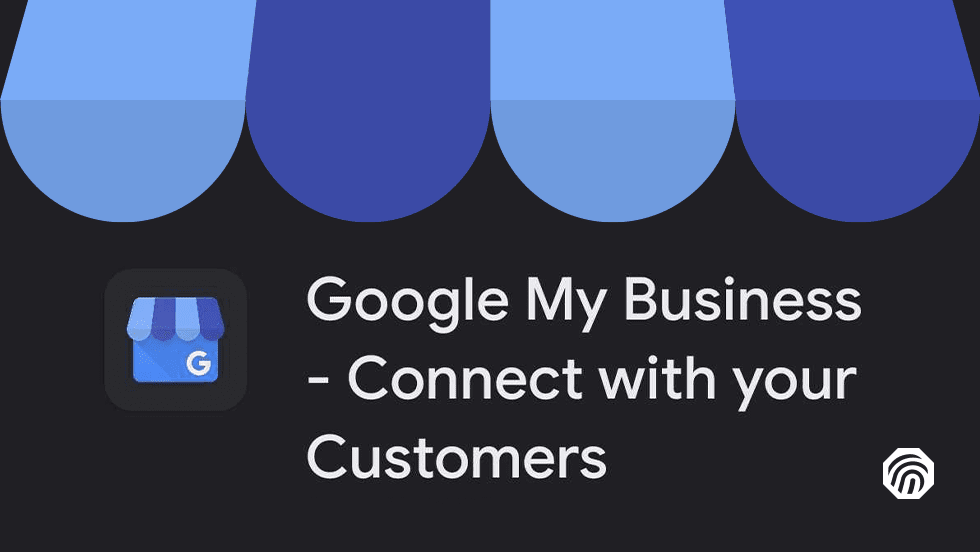Google My Business is the primary way users find businesses while performing a “near me” search on Google, or when using the Google Maps app, making it essential for your business. In fact, it’s a very important ranking factor for local searches. You must claim and manage your Google My Business profile to stay on top of your competition.
Here, we explain Google My Business and the important features you need to know about to master SEO strategy.
Why is Google My Business Important?
Google My Business, or GMB, is a free platform that helps businesses create online profiles, making it easy for customers to look up business information. GMB results are the first thing users see in search results on a mobile device. If your business doesn’t show up, it’s like you don’t exist. 64% of consumers have used Google My Business to find contact details for local businesses.
Claiming and setting up your Google My Business page makes it easy for consumers to access your contact information, location, hours, COVID protocols, and other important information. Essentially, it’s an online business directory.
To keep your profile fresh and interesting, you can also publish posts to your profile, similar to a social media platform. The review feature allows customers to leave feedback about their experience with your business that anyone can read. Positive reviews boost ratings and show customers the benefits of your business.
Important Features for Your Google My Business Page
Like any social profile, it’s important to ensure all key sections are filled out and completed, while also learning the importance of each feature to optimize your strategy. Learn more about the important components of your Google My Business page here:
Category and Description
One of the most important sections for your Google My Business profile is the category and description field, as it helps you rank for particular search terms in your area. Not only does it help Google find you, but it allows customers to learn more about your business, ultimately generating new business. Before developing this section, make sure you know Google’s description guidelines so you are adhering to all rules. For example, you are restricted to 750 characters for your description and the business information must be accurate. You also shouldn’t add too many secondary categories, as this will dilute your ability to rank for these categories.
Customer Reviews
Reviews allow customers to learn about your company directly from other consumers. In fact, 82% of consumers read online reviews for local businesses, so you don’t want to miss out on this feature. Building online reviews takes time, but many companies ask their customers for reviews after they’ve made a purchase. This helps you build an online reputation that will attract potential business. In addition, it is important to note that Google prioritizes businesses with online reviews, boosting your search ranking. Make sure to respond to reviews and interact with your potential customers.
Business and Product Photos
A picture is worth a thousand words, so when setting up your GMB account, post photos of your location and services. This is extremely important if you are a restaurant or hotel. While customers can upload their own photos, you should build a database of professional photos to portray a positive image of your company. A wide variety of photos on your Google My Business account encourages customers to learn more about your company.
Q&A Section
Answering questions provides an opportunity to truly engage with your audience. Companies that engage with potential customers and build an online community often see increased brand loyalty. This section also allows you to create FAQs, so you can answer the most prominent questions for your customers before they even have to reach out and ask.
Google My Business Insights

Google My Business offers a performance data center in the back end, allowing you to see how many profile viewers find your business, where they are coming from (Google Maps, etc), and how they interact with your profile. These insights into your customers show you where to make adjustments to your profile. You can use this data to optimize your profile for key performance indicators.
Use ThumbStopper to Manage Google My Business
A fully optimized Google My Business profile is a key part of any business’s social media and SEO strategy, fostering an online community that attracts potential customers. At ThumbStopper®, we’re working on adding Google My Business posting capabilities to our platform so you can maximize your presence and benefit from greater brand awareness. Contact us today to learn more.




